On a quiet street in Brooklyn’s Bedford-Stuyvesant neighborhood, a camera owned and operated by the New York City Police Department points directly at the bedroom window of Pamela Wridt and Robert Sauve.
“It can see potentially directly into any part of our house,” Sauve told The Intercept.
The camera is one of tens of thousands that feed into a massive warrantless surveillance system that police use to track and profile millions of New Yorkers each day.
Many of the cameras — including those mounted to drones and helicopters, as well as stationary cameras like the one just outside Wridt and Sauve’s bedroom and living room — are owned, operated, and bear the logo of the NYPD.
Footage from tens of thousands of other privately owned cameras, however, like those posted outside of shops, businesses, and banks, are also made available to the NYPD through a little-publicized tool that holds one of the world’s biggest networks of security cameras: the city’s Domain Awareness System.
Wridt and Sauve are plaintiffs in a federal lawsuit filed Monday against the city of New York, which holds responsibility for the NYPD, over the department’s expansive surveillance machine — one of the largest in the world — that their attorneys say violates their First and Fourth Amendment rights to free association, expression, and privacy. (TKTK NYPD COMMENT)
The suit is the first of its kind of take on the NYPD surveillance system.
“We see state and local police departments effectively being coopted, our data being used and abused by other government agencies,” said attorney Albert Cahn of the Surveillance Technology Oversight Project, one of the attorneys representing Sauve and Wridt in the case.
There’s at least one case the plaintiffs’ attorneys know of in which data originally collected in the Domain Awareness System was eventually shared with U.S. Immigration and Customs Enforcement.
NYPD Commissioner Jessica Tisch was an architect of the surveillance apparatus, which police use to join data from public and private sources across the city, collecting information on people’s identities, their biometric data, their daily movements, their social media activity, and people with whom they associate. The NYPD uses that information, combined with forms of machine learning, to build profiles that construct the activities, religious and political affiliations, and thoughts and beliefs of millions of people — and stores the information indefinitely.
The NYPD is “a model for the nearly 18,000 state and local police departments across the country that are increasingly acting like mini-NSA and CIA operations.”
Attorneys in the New York case hope it will be the start of a wider effort to take on police surveillance networks in other cities where police departments, with bipartisan support and unprecedented amounts of cash, have built up their surveillance capacity and weaponizing it to political ends.
“The NYPD may be the worst offender, but they’re also a model for the nearly 18,000 state and local police departments across the country that are increasingly acting like mini-NSA and CIA operations,” Cahn said. “American policing runs on data.”
“You Are Being Watched”
The reach of the surveillance is largely unknown to many city dwellers, but the Domain Awareness System received public scrutiny during the police search for Luigi Mangione, who was tracked using the multitude of cameras throughout the city to which the NYPD has access.
“You are being watched,” the plaintiffs wrote in their suit. “Today, throughout New York City, the police are monitoring, tracking, and cataloguing you. Nearly everywhere. Nearly all the time.”
All that surveillance is made possible by the Domain Awareness System, they wrote: “It is a voyeuristic policing platform that unifies into one centralized network more than a dozen technologies — public and private — including video camera systems, tracking technologies, biometric tools, data and financial aggregation analytics, and digital communications monitors.”
Companies like Microsoft, Clearview AI, Patternizr, and Dataminr have all bolstered the NYPD’s surveillance system, which feeds into controversial policing tools like the citywide gang database and ShotSpotter. Attorneys hope the lawsuit will shed light on other private companies and federal agencies that have access to data collected by the NYPD.
“There is no one firm that is really enabling this mass surveillance,” Cahn said. “That’s what’s key to this lawsuit.”
Through the system, the NYPD “collects the identity, location, banking details, vehicle information, social media activity, and friend groups of all who live in or enter the city. It combines these entries with civil and criminal records and converts them into digital profiles, reconstructing, in effect, the private lives of millions. It is virtually impossible to avoid,” according to the suit.
Previous lawsuits and legislative battles have targeted smaller pieces of the surveillance system, but the new case focuses on the broader constitutional harm that plaintiffs say is greater than the sum of its parts.
“Aggregated data enables the NYPD to uncover constitutionally protected activity,” says the suit, “such as political expression, religious practice, or private association, that would be unknowable from any single source.”
“Not a Hot Spot for Crime”
Since the camera was first installed outside Wridt and Sauve’s home in April 2022, the couple said it’s changed the character of her neighborhood and negatively affected their mental health and well-being.
“We had to mirror tint all our windows. We can’t open them because if we do, we’re exposed,” Sauve said. “There’s very hot days. I like having my windows open. I can’t even do that.”
Wridt said her house no longer feels like a home.
“Your home is supposed to be your safe space, and I feel very violated,” she said. “It’s constant. It never goes away, that level and feeling of violation.”
The couple said the surveillance has been a point of contention and disagreement among their neighbors. They’ve notified others who live on their block and engaged some of them in their efforts to get rid of the cameras.
Some people are uncomfortable with the cameras and don’t spend as much time outside on the block anymore, Wridt said. And, while their neighborhood hasn’t had an issue with crime, others see it as their own personal security system.
“Our approach has been to educate our neighbors and let them decide how they would like to proceed,” Wridt said. “There’s no crime on our block. This is not a hot spot for crime. So of course your brain is going to go in other directions — why is it there?”
“It’s like my greatest concern and my greatest fear was confirmed.”
At first, Sauve and Wridt weren’t sure where the cameras feeds went. When they learned that they were collected into the city’s wider surveillance network, they felt repulsed. Now, Suave worries that lack of public knowledge about the Domain Awareness System breeds complacency and gives authorities the space to entrench it.
“It’s like my greatest concern and my greatest fear was confirmed,” Sauve said. “People that are oblivious to the whole surveillance state we’re in — they’re getting more and more comfortable with it being there.”

 German (DE)
German (DE)  English (US)
English (US)  Spanish (ES)
Spanish (ES)  French (FR)
French (FR)  Hindi (IN)
Hindi (IN)  Italian (IT)
Italian (IT)  Portuguese (BR)
Portuguese (BR)  Russian (RU)
Russian (RU) 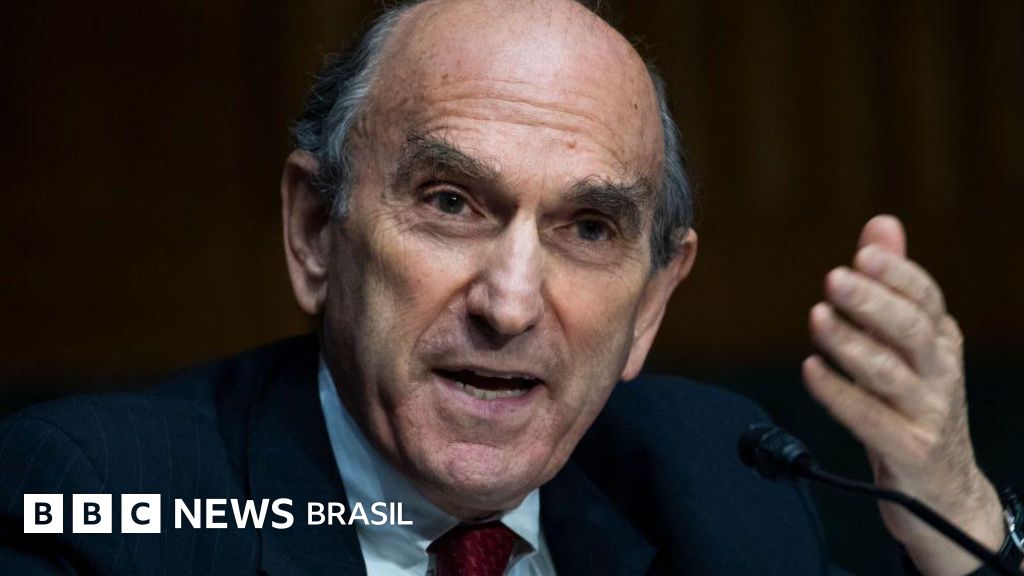

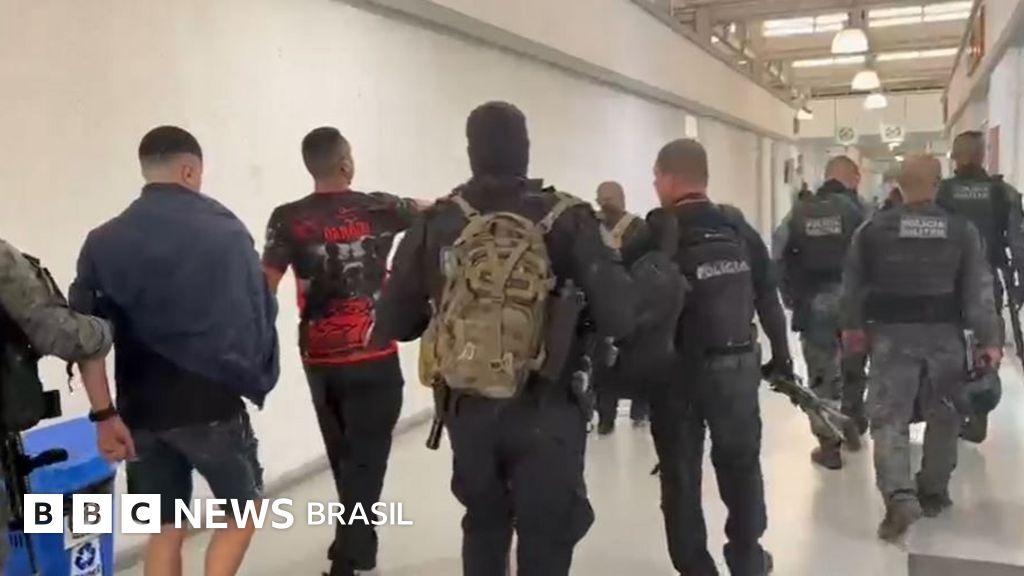



:strip_icc()/i.s3.glbimg.com/v1/AUTH_59edd422c0c84a879bd37670ae4f538a/internal_photos/bs/2023/l/g/UvNZinRh2puy1SCdeg8w/cb1b14f2-970b-4f5c-a175-75a6c34ef729.jpg)
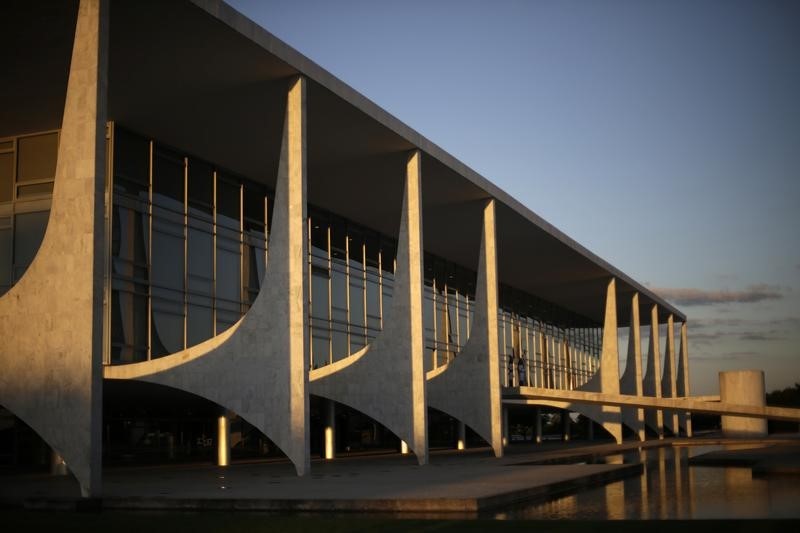

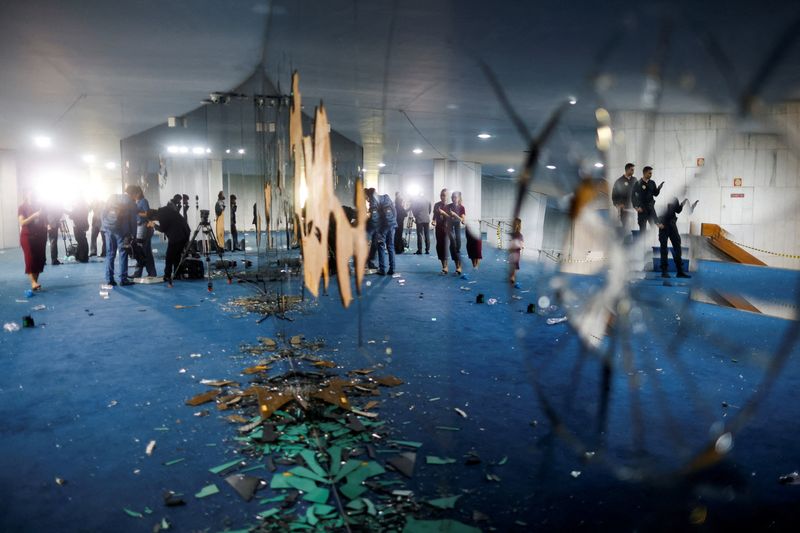


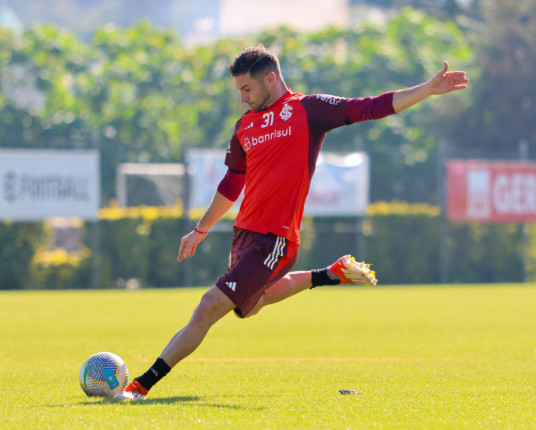
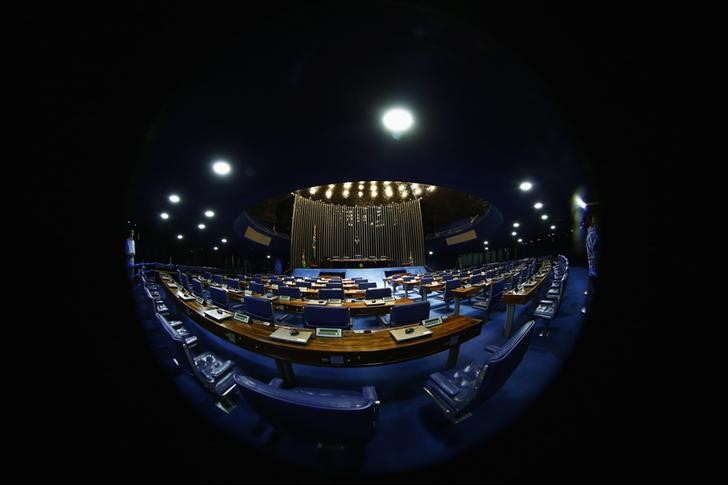
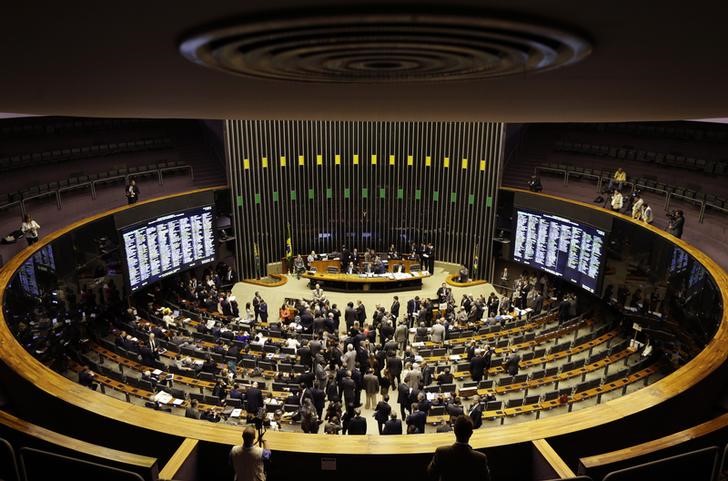


Comentários
Aproveite ao máximo as notícias fazendo login
Entrar Registro